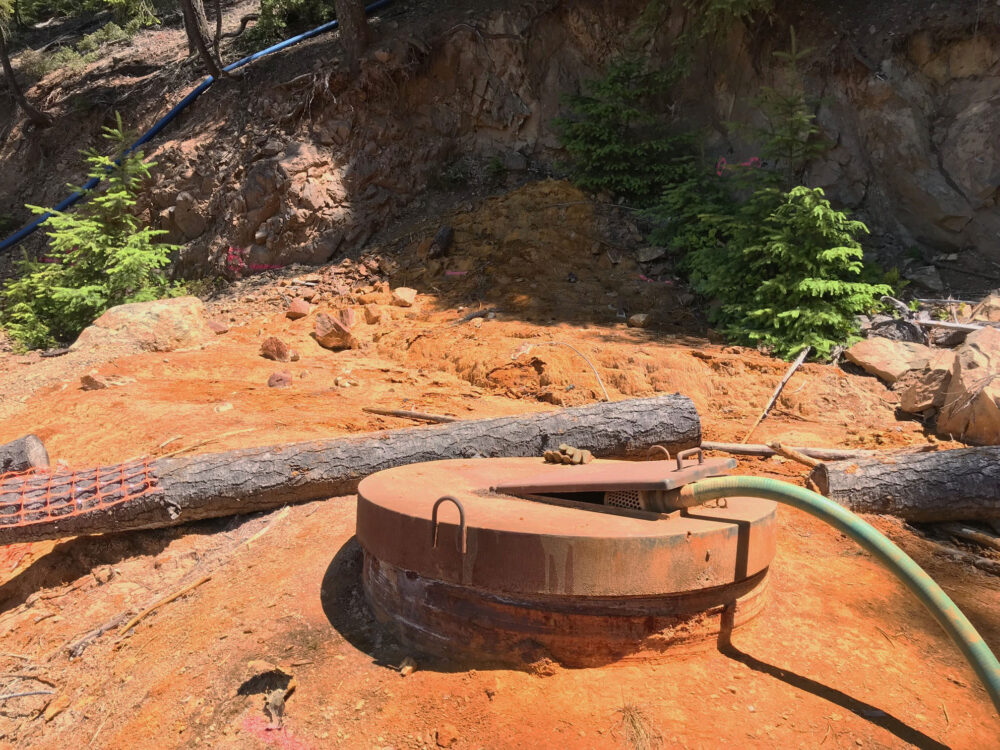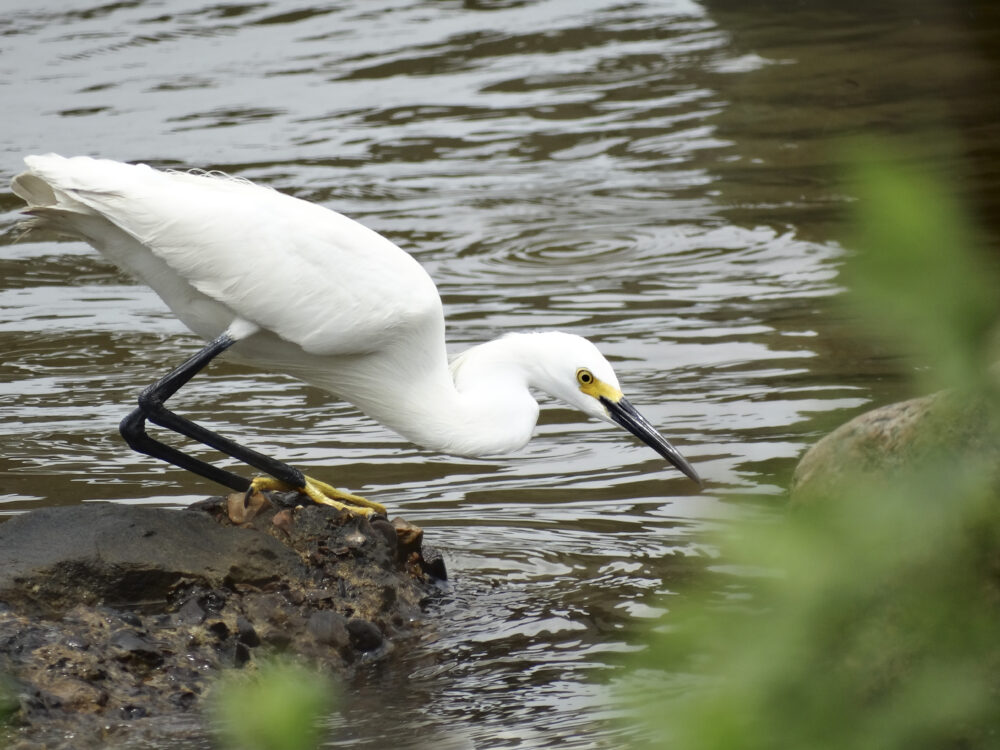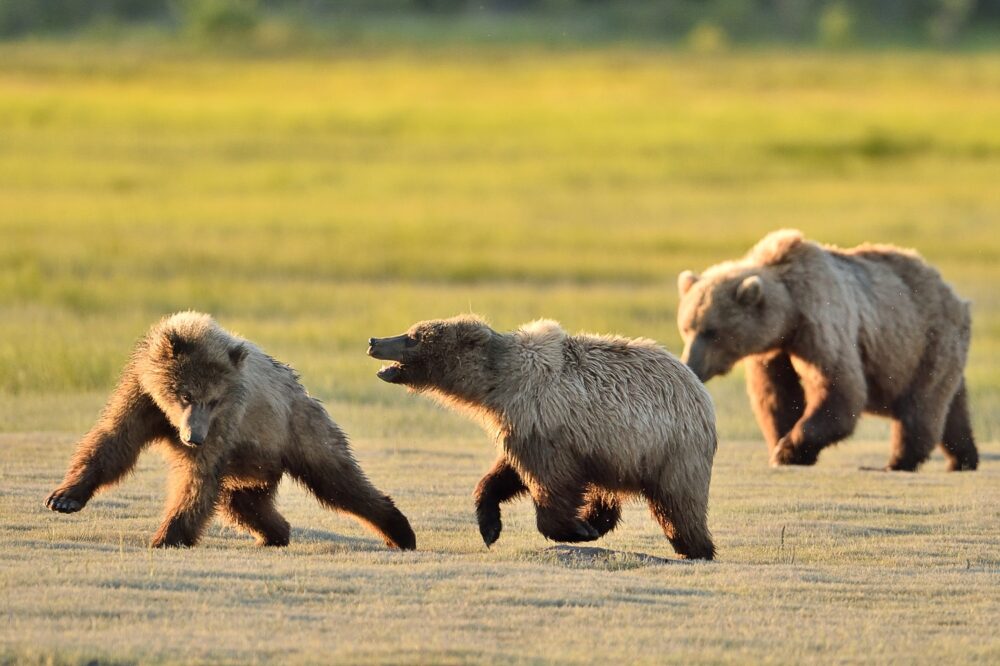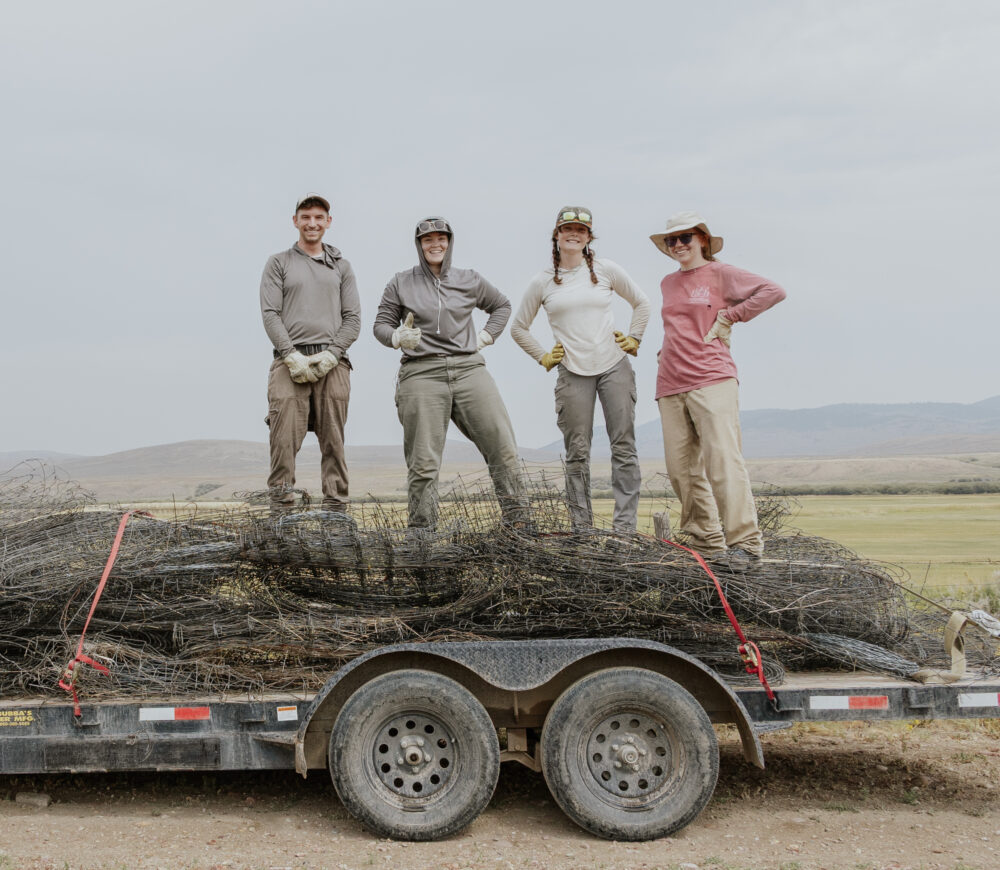We have much more to do and your continued support is needed now more than ever.
How Much Oil Is Still In the Gulf?
As the second phase of the civil trial over the Gulf oil disaster continues, we are hearing much discussion over exactly how many barrels of oil were released into the Gulf of Mexico. Legally, this question is critical because it will help determine the amount of money available for restoration. For Gulf wildlife, a related question is equally pressing: how much oil is out there, and what is it doing to the habitats and species of the Gulf?
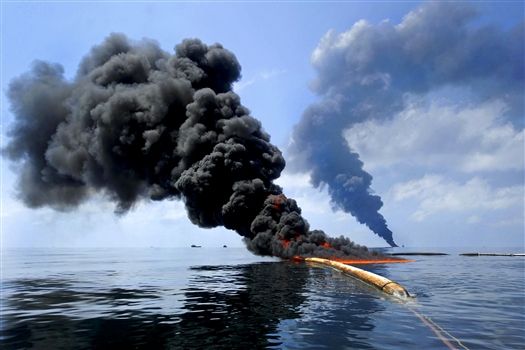
One eyebrow-raising recently-published independent study sampled seafood, sediment, water, fauna and flora collected in 2010. The researchers found that concentrations of petroleum compounds in seafood were up to 3,800 times greater than thresholds considered safe and the authors openly questioned the government’s decision to re-open areas for fishing before the well was capped. Additionally, the study also found high concentrations of oil compounds as far from the well as Galveston and Pensacola.
Dr. Paul W. Sammarco, the lead scientist on the paper from the Louisiana Universities Marine Consortium (LUMCON) in Chauvin, LA, pointed out that, “given the approximately 100-300 million gallons of oil spilled and 1-3 million gallons of Corexit dispersants released, the results from this study are not surprising.”
Dr. Sammarco went on to say that he believes that the “dispersants created a patchy dispersal of oil and dispersant beneath the surface of the water, and that the patches were not readily sampled by government scientists and regulators through ‘point sampling’ which is generally used to sample seawater for nutrients and contaminants.” …
The contrast between these independent scientists’ data and those of the US Dept. of Commerce’s National Oceanic and Atmospheric Agency (NOAA) while the spill was still active in May 2010, and extending 4 months after the well was capped, warrants a re-examination of the data, testing methodologies, and oil spill monitoring plans, according to the scientists involved.
In the immediate aftermath of the spill, the National Oceanic and Atmospheric Administration released a report estimating that as much as one million barrels of the oil remain unaccounted for. A recent study estimates that as much as one-third of this oil may have ended up on the sea floor.
“Some of the missing oil may have mixed with deep ocean sediments, creating a dirty bathtub effect,” said Dr. Jeff Canton, an oceanographer with Florida State University. “The sediments then fell to the floor at rates 10 times the normal deposition rates. It was, in essence, an underwater blizzard.”
USF researchers have also noted a die-off of the microscopic fauna known as foraminifera that are normally live on the sea floor. Impacts of this magnitude are hypothesized to have lingering effects on other wildlife, particularly on fish.
“We’re seeing lots of connections with fish diseases,” Hollander said. “We’re seeing compromised immune systems.”
The diseased fish began turning up a few months after BP was able to shut off the flow of oil in July 2010. The discovery of fish with lesions faded out the following year, said Steve Murawski, a USF fisheries biologist who has overseen a project that examined 7,000 fish caught in the gulf.
Scientists are now looking for more subtle effects in red snapper, such as reductions in the number of large fish and a decline in the total population, Murawski said. They are looking for any genetic mutations, too, he said.
“If they get sick, that’s one thing,” Murawski said. “But if it changed their genes so that they’re less resistant to disease or have lower weights, that’s a big deal. That would be a real game-changer if true.”
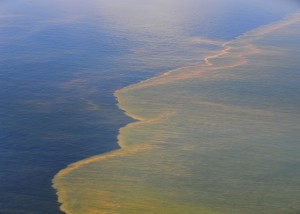 A team of scientists working with NOAA recently published the first analysis mapping the extent of the impact on the sea floor. Nearly 360 square miles were affected by the oil, with a smaller area significantly damaged and scientists are predicting that recovery rates are likely to be slow, on the order of decades or longer.
A team of scientists working with NOAA recently published the first analysis mapping the extent of the impact on the sea floor. Nearly 360 square miles were affected by the oil, with a smaller area significantly damaged and scientists are predicting that recovery rates are likely to be slow, on the order of decades or longer.
There is still is much that we do not know about the fate and impacts of the dispersed oil remaining in the water column, circulated via currents and gyres of the Gulf of Mexico.
The bottom line is that we still do not know how much oil remains in our Gulf ecosystem, or what the full effects on fish and wildlife will be.
![]() BP will soon have to pay billions in penalties for its negligence, but special interests are hoping to divert these funds away from restoring the environment. Click here to make sure BP’s fines are used to restore the Gulf of Mexico!
BP will soon have to pay billions in penalties for its negligence, but special interests are hoping to divert these funds away from restoring the environment. Click here to make sure BP’s fines are used to restore the Gulf of Mexico!




